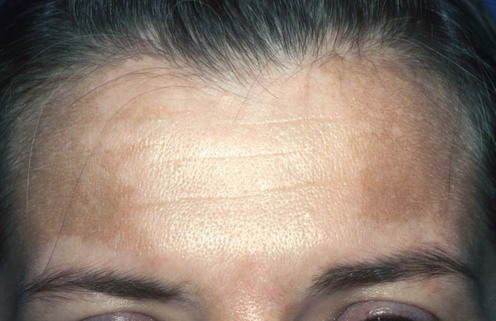Chan R, Park KC, Lee MH, Lee ES, Chang SE, Leow YH, et al. Br J Dermatol 2008; 159: 697–703. Commonly reported adverse effects include mild erythema, burning, and peeling.
Melasma

First-line therapies
A randomized controlled trial of the efficacy and safety of a triple fixed combination (fluocinolone acetonide 0.01%, hydroquinone 4%, tretinoin 0.05%) compared with hydroquinone 4% cream in Asian patients with moderate to severe melasma.
![]()
Stay updated, free articles. Join our Telegram channel

Full access? Get Clinical Tree




 Triple combination cream
Triple combination cream Hydroquinone
Hydroquinone Tretinoin
Tretinoin Adapalene
Adapalene Sunscreen
Sunscreen